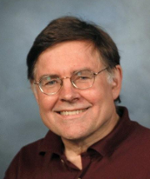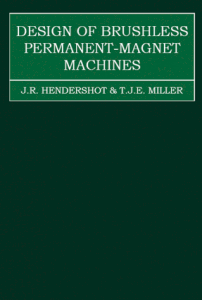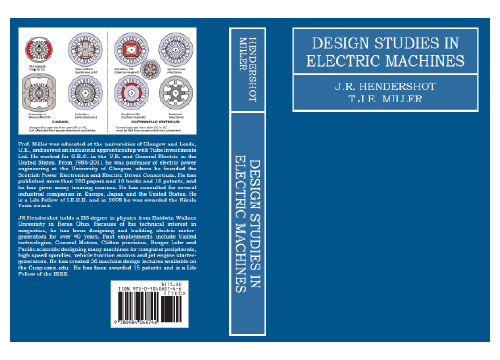An engineer's diary
- Sort condition
- Newest first
- Oldest first
- Large number of views
-
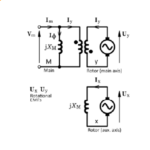
[No. 23] The complexity of the single-phase induction motor in your refrigerator
The single-phase induction motor is one of the most common electric motors. For many years the annual production levels world-wide have been 100,000,000 in round numbers. You can …
-
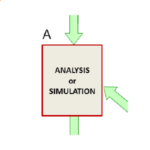
[No. 2] ABC of engineering calculations today
Most engineering calculations take the path of analysis or simulation, shown in Fig. 1, A. Analysis has been established for a long time; but simulation is more recent, especially…
-
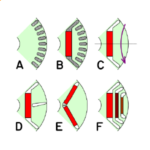
[No. 12] The IPM
The IPM or interior permanent-magnet motor started its history as a line-start motor in the 1950s. At that time Alnico magnets were the best available, but their low coercivity me…
-
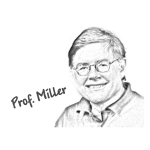
[No. 5] Formulas and Equations
What’s the difference between a formula and an equation? Take the examples,
-
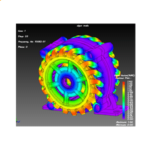
[No. 29] Theory and practice in engineering training
The training and education of engineers is hurt by the pandemic and the associated restrictions imposed everywhere We hear of the difficulties experienced by schools and colleges,…
-
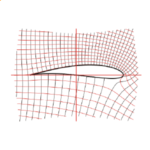
[No. 20] Equipotentials
Sometimes I wonder why we don’t see equipotentials in finite-element flux-plots. Strictly speaking, at least in 2D flux-plots, we generally do see them because the flux-lines are …
-
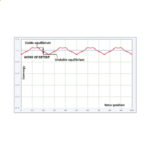
[No. 32] Work of detent
Every type of electric motor has certain essential features. One way to begin to understand them is to make a drawing, and at the same time make a list of observed features and ch…
-
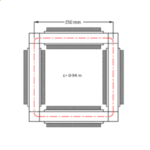
[No. 44] Frequency
The figure shows a sketch of the Epstein square that is used for the measurement of BH data of laminated core-plate in the form of strips arranged in a square with overlapping end…
-
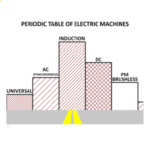
[No. 6] The Periodic Table of Electric Machines
When the archaeologists dig us up in 5,000 years’ time, they will find a large number of electric motors and generators. Who knows if they will understand what they find? They w…
-
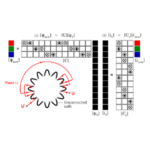
[No. 54] K : Kron
Last month the letter K failed to provide a ready supply of suitable electrical engineering topics for the Diary, so we borrowed the German term Kennlinie.
-
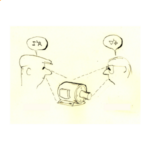
[No. 28] Notional equations in engineering
On the telephone recently my 8-year-old grandson asked if I knew the equation E = mc^2. When I said I’d heard of it, he proceeded to explain: E is energy, m is mass, and c is the …
-

[No. 33] Transformations; and passing thoughts about rigour
It is probably fair to say that most of us do not have much to do with the mathematics of transformation theory, yet much of what we do relies on the theory of one or more transfo…
-

[No. 22] What can we do when we can’t go to work?
Many engineers are at home because of the pandemic, unable to go to work. Although many can work “from home” by internet links, it’s not the same.
-
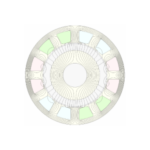
[No. 47] Harmonic poles again — this time produced by the stator!
In Engineer’s Diary No. 46 we discussed the harmonic poles of a 2-pole rotary machine. ‘Harmonic poles’ refers to the space-harmonics of the flux distribution around the air-gap. …
-
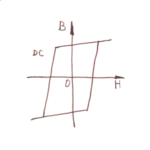
[No. 8] Hysteresis
At the JMAG Users’ Conference in Strasbourg last October, Hiroyuki Sano (JSOL) and Yves Thiolière (Powersys) gave a detailed class tutorial on the hysteron, a defined trapezoidal …
-
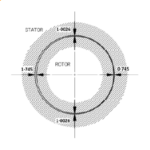
[No. 7] Peripheral, marginal, second-order, inexact . . . and IMPORTANT!
The finite-element method is very rarely exactly correct. Now surely that is an outrageous thing to say on the JMAG website! But what do we mean by exactly? The finite-element met…

